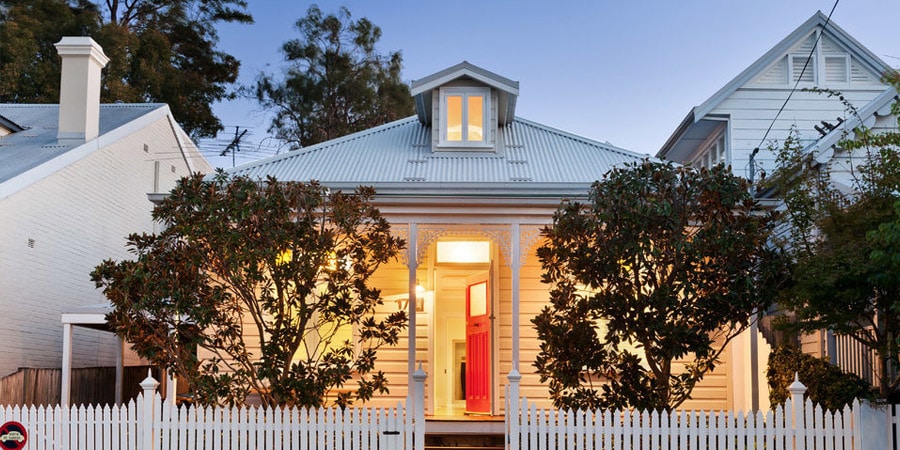The cost to develop land for subdivision will vary depending on which state you live in, the zoning of your land, the aspect and the size of the parcel of land you own. The larger the parcel of land, the more it’s likely to cost to subdivide. Similarly, if your block is steeply sloping, is an awkward shape or has significant trees on it, expect the estimated subdivision costs to rise.
If you’re hoping to construct more than four dwellings on your land, you’ll need to look at a commercial property loan to finance your subdivision, rather than a standard home loan, investment property loan or construction loan. The estimated subdivision costs for large multiple residence developments can amount to hundreds of thousands of dollars.
Although there are many variables which can affect the cost breakdowns of land subdivisions in Australia, they all share similar basic costs, which will include:
- council planning and application fees (to gain the necessary approvals to subdivide)
- surveying costs (to survey the land and produce accurate drawings of the subdivision)
- geotechnical engineering costs (to advise on soil behaviour and composition, and drainage issues)
- civil engineering costs (to oversee the design of septic and water systems, and to ensure work compliance)
- utility provider fees (for the supply and installation of utilities such as electricity, water, sewerage, drainage, television and telecommunications)
For a standard one-to-two lot subdivision, which involves dividing one larger residential lot into two smaller ones (with one existing dwelling in place) expect to pay:
- about $60,000 upwards to complete the subdivision in QLD
- upwards of $50,000 in WA and NSW
- around $30,000 to $35,000 in SA and VIC
- a starting figure of $25,000 in the NT and TAS
Because subdivision costs are so varied and depend on individual circumstances and location, it is impossible to predict a subdivision cost breakdown until a site survey has been carried out to identify any issues which need to be taken into consideration.
For this reason, it is vitally important to ensure your property development project is carefully planned to ensure a profit can be achieved once all development costs have been absorbed.











